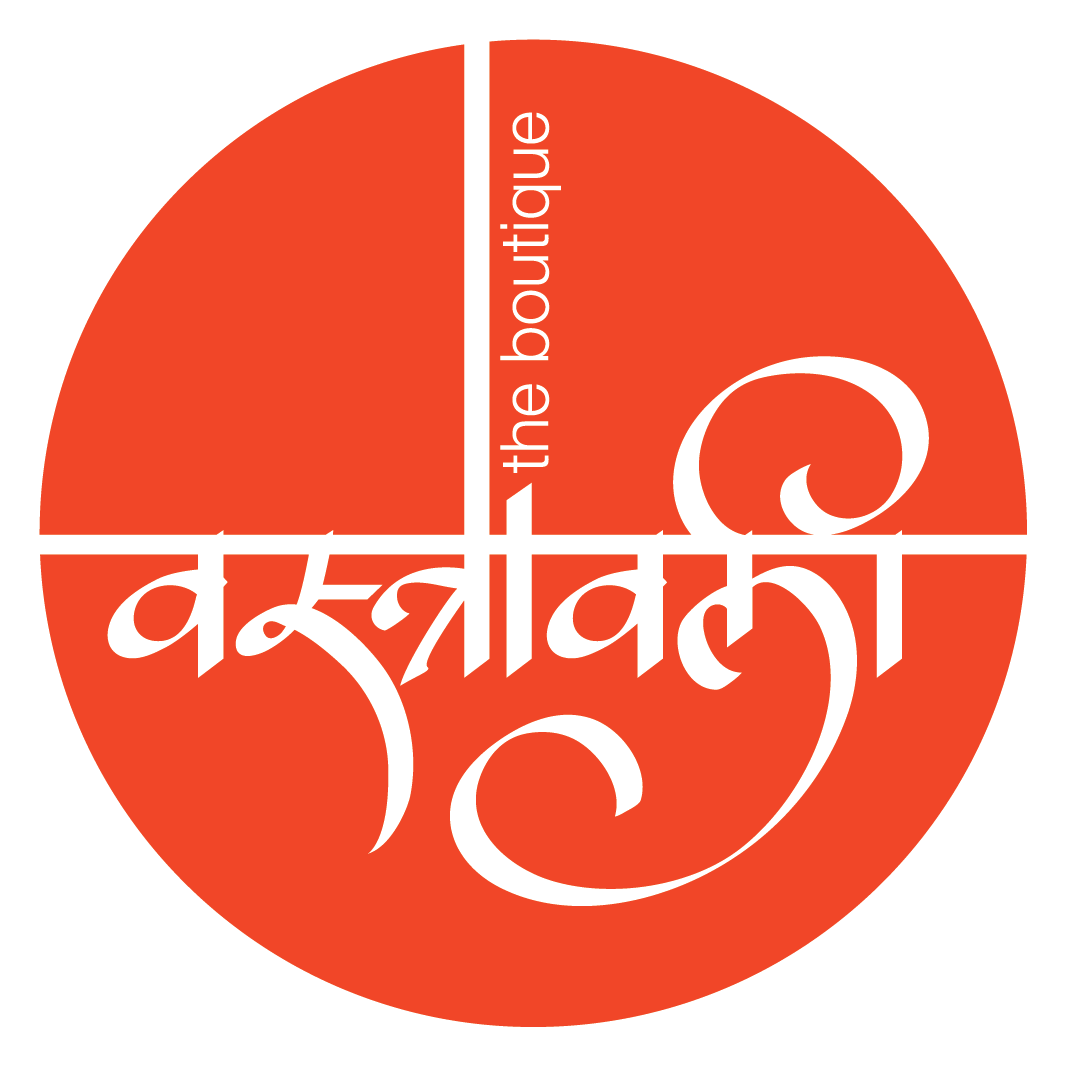The Evolution of Traditional Wear in India: A Journey of Weaving and Craftsmanship
India is a land of rich cultural heritage, and its traditional wear reflects the diversity and craftsmanship that have been passed down through generations. The development of traditional wear in India is deeply intertwined with the art of weaving and the skillful hands of craftsmen who have honed their techniques over centuries.
Weaving: The Foundation of Indian Traditional Wear
Weaving is an ancient art form that has played a pivotal role in the development of traditional wear in India. From the intricate silk sarees of South India to the vibrant Bandhani textiles of Rajasthan, weaving techniques vary across regions, showcasing the unique identity of each place.
One of the most well-known weaving techniques in India is the Banarasi weave. Originating from the city of Varanasi, Banarasi sarees are known for their opulent designs and luxurious silk fabric. The weaving process involves using gold and silver threads, creating intricate motifs inspired by Mughal architecture and nature.
Another significant weaving technique is the Chanderi weave, which hails from the town of Chanderi in Madhya Pradesh. Chanderi sarees are known for their lightweight texture and delicate patterns. The fabric is woven using a combination of silk and cotton, resulting in a beautiful drape that is perfect for Indian summers.
Craftsmanship: The Soul of Indian Traditional Wear
Alongside weaving, craftsmanship is an integral part of the development of traditional wear in India. Skilled artisans breathe life into fabrics through various techniques like embroidery, block printing, and tie-dye.
Embroidery is a form of decorative stitching that adds intricate designs to fabrics. Each region in India has its own unique embroidery style. For example, the Kantha embroidery of West Bengal involves stitching running stitches to create beautiful motifs, while the Zardozi embroidery of Lucknow uses gold and silver threads to create embellishments fit for royalty.
Block printing is another popular technique used in Indian traditional wear. Wooden blocks are intricately carved with designs, dipped in dye, and stamped onto the fabric. The result is a mesmerizing pattern that adds depth and character to the garment. The art of block printing is particularly prominent in the state of Rajasthan, where the vibrant colors and geometric patterns of Bandhani and Bagru prints are cherished.
Tie-dye, or Bandhani, is a technique that involves tying small portions of fabric with thread before dyeing it. The tied portions resist the dye, creating unique patterns. Bandhani textiles are known for their vibrant colors and intricate designs, making them a popular choice for festive occasions.
The Modern Revival of Traditional Wear
While traditional wear in India has deep roots in history, it has also evolved with the changing times. Designers and fashion enthusiasts have embraced traditional techniques and reimagined them in contemporary ways. This has led to a revival of interest in traditional wear both within India and on the global fashion stage.
With the advent of e-commerce and social media, traditional wear from different parts of India has become more accessible to a wider audience. Designers are experimenting with fusion styles, combining traditional elements with modern silhouettes to cater to the evolving tastes of consumers.
Furthermore, sustainable fashion has gained momentum in recent years, and traditional wear aligns perfectly with this ethos. Handloom fabrics and artisanal techniques are being celebrated for their eco-friendly nature and the support they provide to local communities.
In Conclusion
The development of traditional wear in India is a testament to the rich weaving traditions and craftsmanship that have been nurtured over centuries. The intricate weaves, exquisite embroideries, and vibrant prints continue to captivate the world with their beauty and cultural significance. As we embrace the modern era, it is important to cherish and preserve these traditions, ensuring that the legacy of Indian traditional wear lives on for generations to come.
